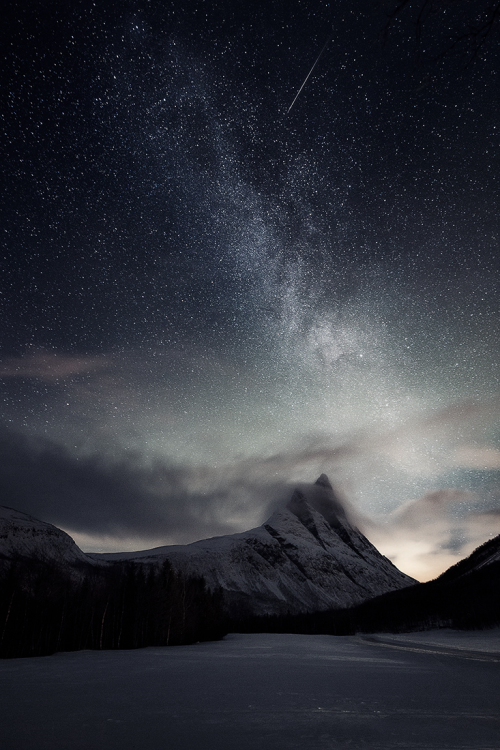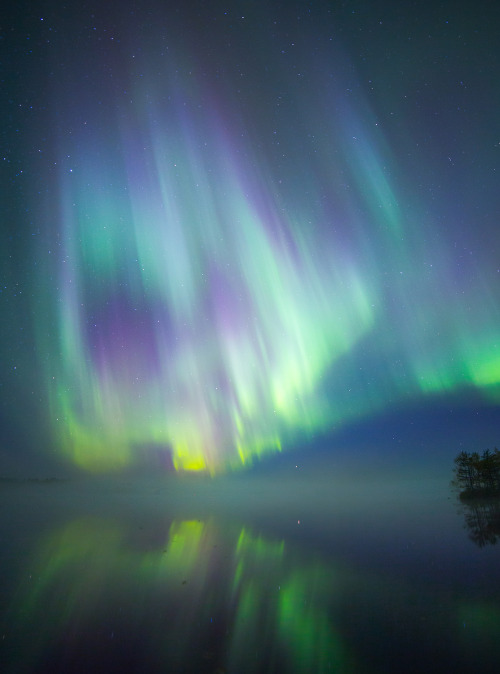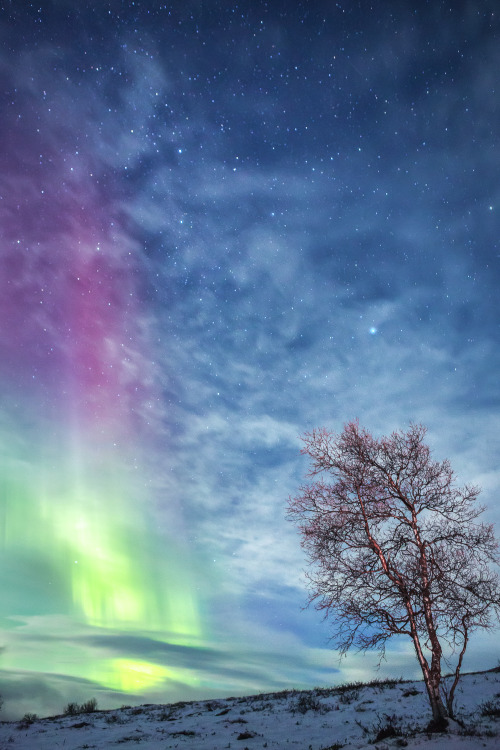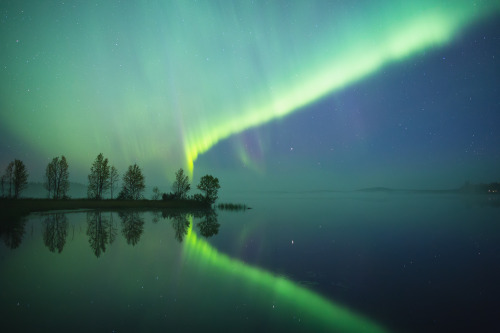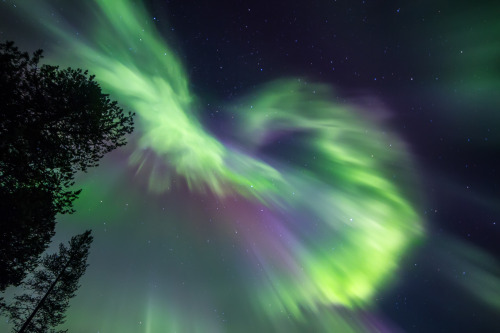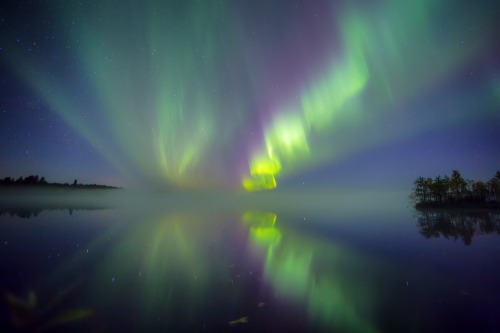Largest Collection Of Planets EVER Discovered!
Largest Collection of Planets EVER Discovered!
Guess what!? Our Kepler mission has verified 1,284 new planets, which is the single largest finding of planets to date. This gives us hope that somewhere out there, around a star much like ours, we can possibly one day discover another Earth-like planet.

But what exactly does that mean? These planets were previously seen by our spacecraft, but have now been verified. Kepler’s candidates require verification to determine if they are actual planets, and not another object, such as a small star, mimicking a planet. This announcement more than doubles the number of verified planets from Kepler.

Since the discovery of the first planets outside our solar system more than two decades ago, researchers have resorted to a laborious, one-by-one process of verifying suspected planets. These follow-up observations are often time and resource intensive. This latest announcement, however, is based on a statistical analysis method that can be applied to many planet candidates simultaneously.
They employed a technique to assign each Kepler candidate a planet-hood probability percentage – the first such automated computation on this scale, as previous statistical techniques focused only on sub-groups within the greater list of planet candidates identified by Kepler.
What that means in English: Planet candidates can be thought of like bread crumbs. If you drop a few large crumbs on the floor, you can pick them up one by one. But, if you spill a whole bag of tiny crumbs, you’re going to need a broom. This statistical analysis is our broom.

The Basics: Our Kepler space telescope measures the brightness of stars. The data will look like an EKG showing the heart beat. Whenever a planet passes in front of its parent star a viewed from the spacecraft, a tiny pulse or beat is produced. From the repeated beats, we can detect and verify the existence of Earth-size planets and learn about their orbits and sizes. This planet-hunting technique is also known as the Transit Method.

The number of planets by size for all known exoplanets, planets that orbit a sun-like star, can be seen in the above graph. The blue bars represent all previously verified exoplanets by size, while the orange bars represent Kepler’s 1,284 newly validated planets announced on May 10.

While our original Kepler mission has concluded, we have more than 4 years of science collected that produced a remarkable data set that will be used by scientists for decades. The spacecraft itself has been re-purposed for a new mission, called K2 – an extended version of the original Kepler mission to new parts of the sky and new fields of study.

The above visual shows all the missions we’re currently using, and plan to use, in order to continue searching for signs of life beyond Earth.
Following Kepler, we will be launching future missions to continue planet-hunting , such as the Transiting Exoplanet Survey Satellite (TESS), and the James Webb Space Telescope. We hope to continue searching for other worlds out there and maybe even signs of life-as-we-know-it beyond Earth.
Make sure to follow us on Tumblr for your regular dose of space: http://nasa.tumblr.com
More Posts from Space-and-stuff-blog1 and Others
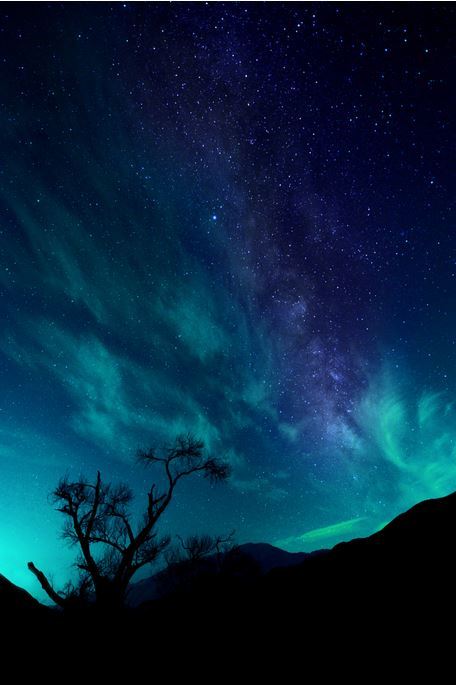
Aurora Borealis, Doing Time by Dana McMullen’s Imageroom








Very strange things happen to your body if you spend a year in space
NASA Astronaut Scott Kelly returns to Earth Tuesday night after spending almost a year in space.
But his 340 days aboard the International Space Station (ISS) haven’t been all fun and games.
Our bodies evolved on Earth, so they’re not built for weightlessness — which is exactly why NASA plans to use Kelly to study the long-term effects of spaceflight the human body.
-
 waiting-eyez liked this · 1 year ago
waiting-eyez liked this · 1 year ago -
 hobbyhermit liked this · 5 years ago
hobbyhermit liked this · 5 years ago -
 jasonsfury liked this · 6 years ago
jasonsfury liked this · 6 years ago -
 lokeroze reblogged this · 6 years ago
lokeroze reblogged this · 6 years ago -
 captainjack149 liked this · 6 years ago
captainjack149 liked this · 6 years ago -
 marauder2506 reblogged this · 6 years ago
marauder2506 reblogged this · 6 years ago -
 marauder2506 liked this · 6 years ago
marauder2506 liked this · 6 years ago -
 cobo4231 reblogged this · 6 years ago
cobo4231 reblogged this · 6 years ago -
 barkingalien liked this · 6 years ago
barkingalien liked this · 6 years ago -
 cripion101 liked this · 6 years ago
cripion101 liked this · 6 years ago -
 d-maliline liked this · 6 years ago
d-maliline liked this · 6 years ago -
 captain-zemog reblogged this · 6 years ago
captain-zemog reblogged this · 6 years ago -
 captain-zemog liked this · 6 years ago
captain-zemog liked this · 6 years ago -
 waywardsavior liked this · 6 years ago
waywardsavior liked this · 6 years ago -
 robertocastillo reblogged this · 6 years ago
robertocastillo reblogged this · 6 years ago -
 7neuromante liked this · 6 years ago
7neuromante liked this · 6 years ago -
 cosmic--cloud reblogged this · 6 years ago
cosmic--cloud reblogged this · 6 years ago -
 dukester3000 liked this · 6 years ago
dukester3000 liked this · 6 years ago -
 leiaorganahuttslayer liked this · 6 years ago
leiaorganahuttslayer liked this · 6 years ago -
 anumberofhobbies liked this · 6 years ago
anumberofhobbies liked this · 6 years ago -
 esotericperplexity liked this · 6 years ago
esotericperplexity liked this · 6 years ago -
 sadtimetravellingdork liked this · 6 years ago
sadtimetravellingdork liked this · 6 years ago -
 tinychopshopdonut liked this · 6 years ago
tinychopshopdonut liked this · 6 years ago -
 t3781 liked this · 6 years ago
t3781 liked this · 6 years ago -
 jupitismstoo reblogged this · 6 years ago
jupitismstoo reblogged this · 6 years ago -
 jupitismstoo liked this · 6 years ago
jupitismstoo liked this · 6 years ago -
 gooner2304 reblogged this · 6 years ago
gooner2304 reblogged this · 6 years ago -
 gooner2304 liked this · 6 years ago
gooner2304 liked this · 6 years ago -
 nuclear-chemistry liked this · 6 years ago
nuclear-chemistry liked this · 6 years ago -
 shieldstein liked this · 6 years ago
shieldstein liked this · 6 years ago -
 rileyr0123 reblogged this · 6 years ago
rileyr0123 reblogged this · 6 years ago -
 isaacgrim liked this · 6 years ago
isaacgrim liked this · 6 years ago -
 tankerboy reblogged this · 6 years ago
tankerboy reblogged this · 6 years ago -
 independent-thought-alarm reblogged this · 6 years ago
independent-thought-alarm reblogged this · 6 years ago -
 independent-thought-alarm liked this · 6 years ago
independent-thought-alarm liked this · 6 years ago -
 malwarewolf404 reblogged this · 6 years ago
malwarewolf404 reblogged this · 6 years ago -
 pipius reblogged this · 6 years ago
pipius reblogged this · 6 years ago
Just Space, math/science and nature. Sometimes other things unrelated may pop up.
119 posts




